Alex D. Leow
EEG Classification based on Image Configuration in Social Anxiety Disorder
Dec 07, 2018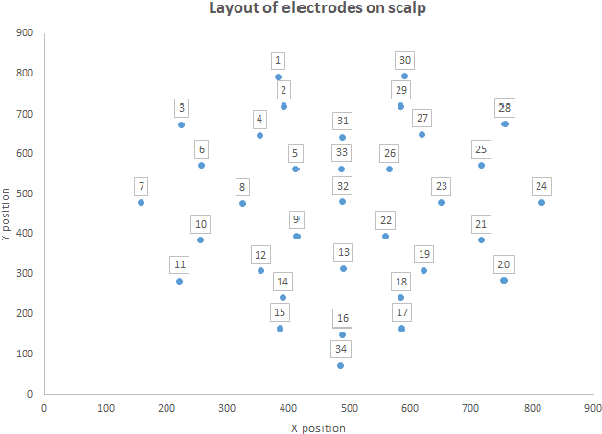

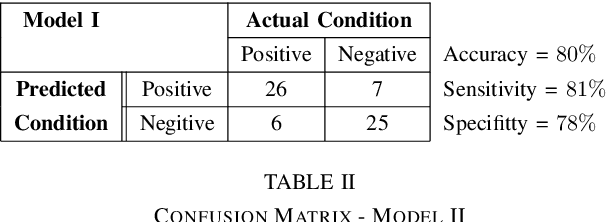

Abstract:The problem of detecting the presence of Social Anxiety Disorder (SAD) using Electroencephalography (EEG) for classification has seen limited study and is addressed with a new approach that seeks to exploit the knowledge of EEG sensor spatial configuration. Two classification models, one which ignores the configuration (model 1) and one that exploits it with different interpolation methods (model 2), are studied. Performance of these two models is examined for analyzing 34 EEG data channels each consisting of five frequency bands and further decomposed with a filter bank. The data are collected from 64 subjects consisting of healthy controls and patients with SAD. Validity of our hypothesis that model 2 will significantly outperform model 1 is borne out in the results, with accuracy $6$--$7\%$ higher for model 2 for each machine learning algorithm we investigated. Convolutional Neural Networks (CNN) were found to provide much better performance than SVM and kNNs.
Multi-View Multi-Graph Embedding for Brain Network Clustering Analysis
Jun 19, 2018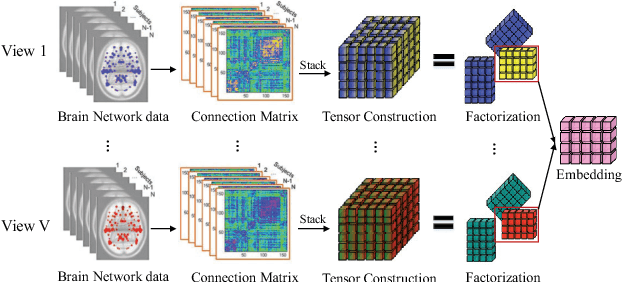
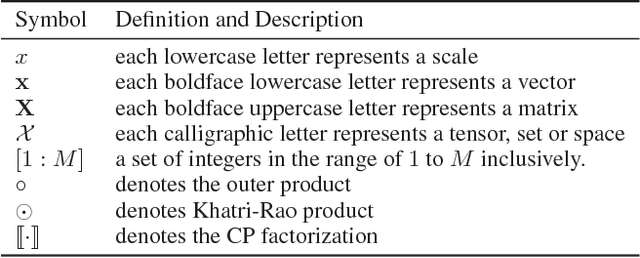


Abstract:Network analysis of human brain connectivity is critically important for understanding brain function and disease states. Embedding a brain network as a whole graph instance into a meaningful low-dimensional representation can be used to investigate disease mechanisms and inform therapeutic interventions. Moreover, by exploiting information from multiple neuroimaging modalities or views, we are able to obtain an embedding that is more useful than the embedding learned from an individual view. Therefore, multi-view multi-graph embedding becomes a crucial task. Currently, only a few studies have been devoted to this topic, and most of them focus on the vector-based strategy which will cause structural information contained in the original graphs lost. As a novel attempt to tackle this problem, we propose Multi-view Multi-graph Embedding (M2E) by stacking multi-graphs into multiple partially-symmetric tensors and using tensor techniques to simultaneously leverage the dependencies and correlations among multi-view and multi-graph brain networks. Extensive experiments on real HIV and bipolar disorder brain network datasets demonstrate the superior performance of M2E on clustering brain networks by leveraging the multi-view multi-graph interactions.
DeepMood: Modeling Mobile Phone Typing Dynamics for Mood Detection
Mar 23, 2018
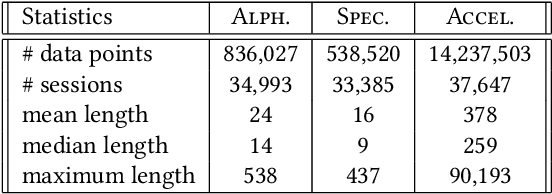
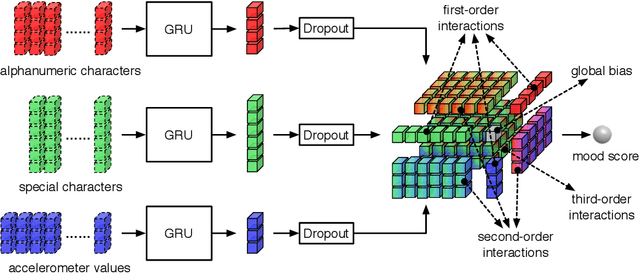
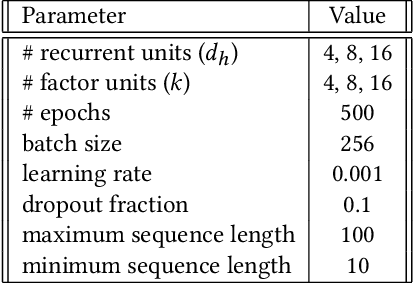
Abstract:The increasing use of electronic forms of communication presents new opportunities in the study of mental health, including the ability to investigate the manifestations of psychiatric diseases unobtrusively and in the setting of patients' daily lives. A pilot study to explore the possible connections between bipolar affective disorder and mobile phone usage was conducted. In this study, participants were provided a mobile phone to use as their primary phone. This phone was loaded with a custom keyboard that collected metadata consisting of keypress entry time and accelerometer movement. Individual character data with the exceptions of the backspace key and space bar were not collected due to privacy concerns. We propose an end-to-end deep architecture based on late fusion, named DeepMood, to model the multi-view metadata for the prediction of mood scores. Experimental results show that 90.31% prediction accuracy on the depression score can be achieved based on session-level mobile phone typing dynamics which is typically less than one minute. It demonstrates the feasibility of using mobile phone metadata to infer mood disturbance and severity.
 Add to Chrome
Add to Chrome Add to Firefox
Add to Firefox Add to Edge
Add to Edge